Physical Address
304 North Cardinal St.
Dorchester Center, MA 02124
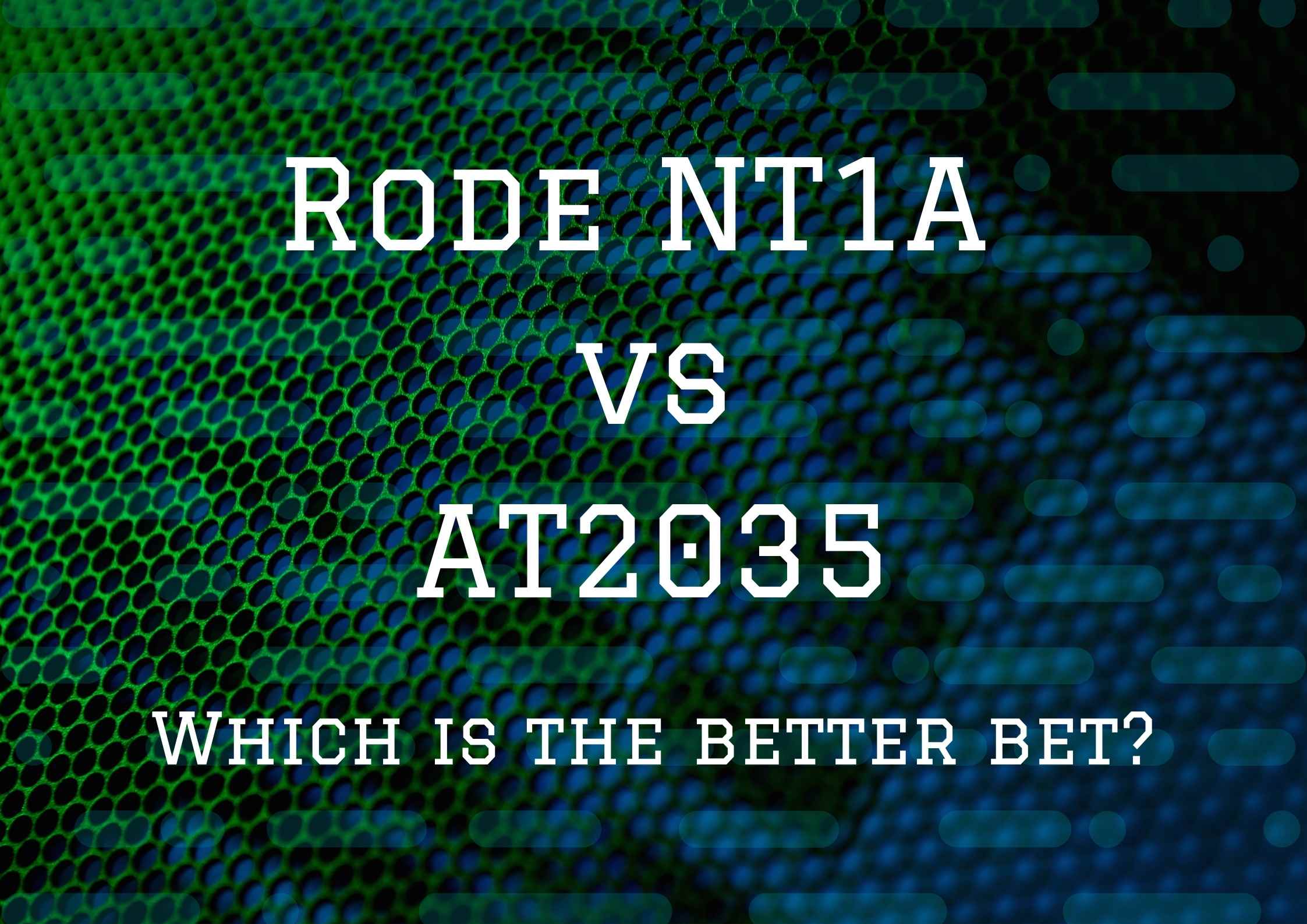




We’re passionate about music and our recommendations are genuine. If you buy through links on our site, we may earn a small affiliate commission at no extra cost to you.
Most people interested in improving their audio recordings want to know what microphones they should buy. The problem is that there are many options on the market, and it can be hard to figure out which ones you should invest your money in. In addition, different products offer different features, and some might even seem like better deals than others at first glance.
Fortunately, The Rode NT1A and AT2035 are two great condenser microphones that have been rocking the market lately. You should consider these good options if you need a new mic for recording or podcasting purposes. Both products have excellent features, but there are also some differences between them that you should consider before purchasing.
This article will help you decide by looking at the Rode NT1A vs. AT2035 comparison. At the end of this article, you will know exactly what makes these two products differ from each other and which one would work better for your needs. Let’s get started!
The Rode NT1A is also an excellent choice for recording deep vocals.
Read more here: Best Microphone For Recording Deep Voice
The Rode NT1A is a smooth, lightweight condenser mic that has been designed with quality in mind. Its satin-like finish and nickel-plated body will look great on any recording setup. The metal shock mount protects the mic from accidental bumps during use. There’s also an attached pop filter which is efficient to eliminate plosives.
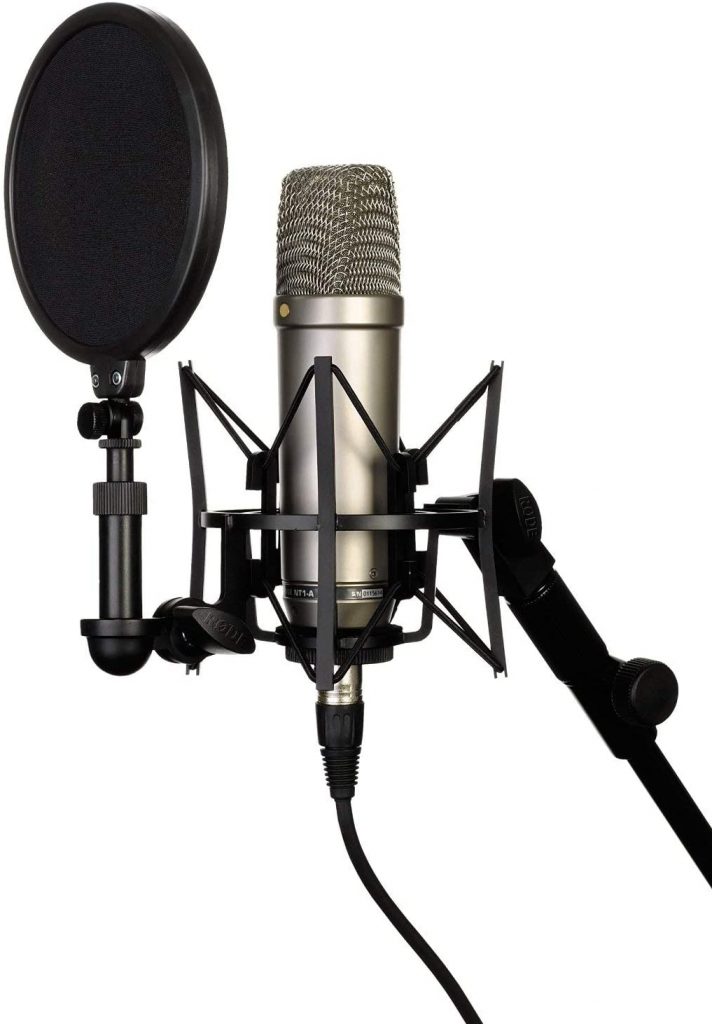

Moreover, the Rode NT1A comes equipped with gold-plated connectors to ensure better connectivity. Unfortunately, the pouch doesn’t have padding. Therefore, it will not protect the mic from physical damage but will help to keep it away from dust.
The AT2035 microphone has an efficient design with a completely black finish and sturdy metal chassis. It looks very sophisticated, having come from such high-quality materials that it feels like the real deal. Additionally, the microphone comes with a lightweight shock mount made entirely of plastic. Still, Audio Technica managed to make this durable, so don’t be deceived by its lightness.


The AT2035 has a high-pass filter you can switch on and off, which will cut out lower frequencies to bring out the higher ones. It also includes an -10 dB pad for more sensitive recording in louder or non-soundproof spaces.
The frequency response of the Rode NT1A ranges from 20 Hz – 20 kHz. This microphone is specifically designed to be flat. Therefore, it has no low cuts, and anything from 20 Hz up to about 20 kHz will have an even response. The graph shows a boost beginning somewhere around 90 or 100Hz with little else changing until 250Hz when more than 1 dB lift occurs at 12kHz.
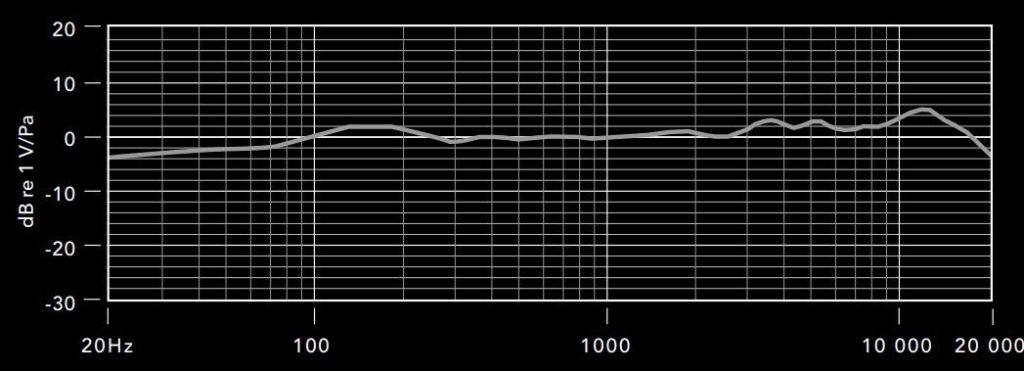

The AT 2035 features neutral, easy to work with frequency response. Like the Rode NT1A, the frequency response of the AT 2035 also ranges from 20 Hz – 20 kHz. It has a solid bottom end and mid-range but boasts superior fidelity on high notes for vocals. It starts at 2 kHz, where it gains 1.5 dB of output before steadily increasing up to 13kHz with 3dB peaking around.
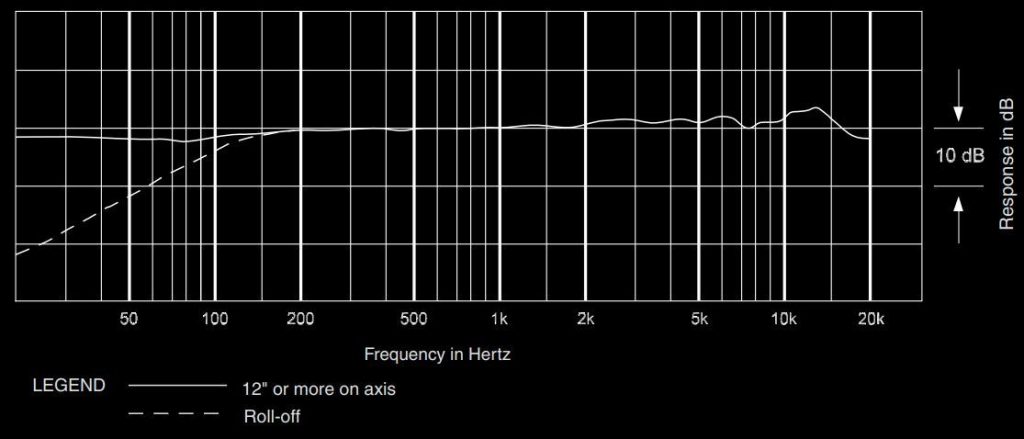

Both Rode NT1A and AT 2035A have the cardioid polar pattern.
The cardioid pattern is best for recording a single voice or instrument because it rejects sound coming from behind. Cardioid microphones are most sensitive from in front, least so from behind, with reduced pick up on either side for those who record or perform live. As a result, they’re excellent at isolating one sound source, such as a vocalist, when you need to highlight them over other instruments. This means less interference and better quality audio recording.
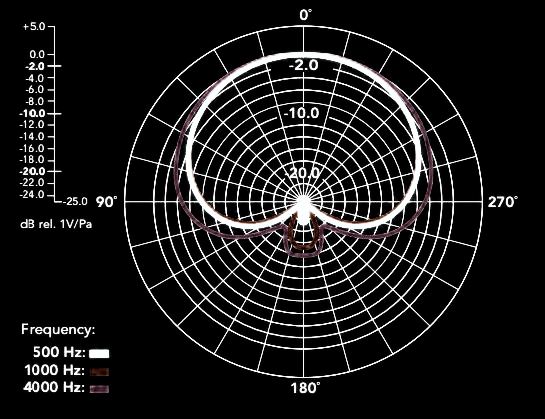

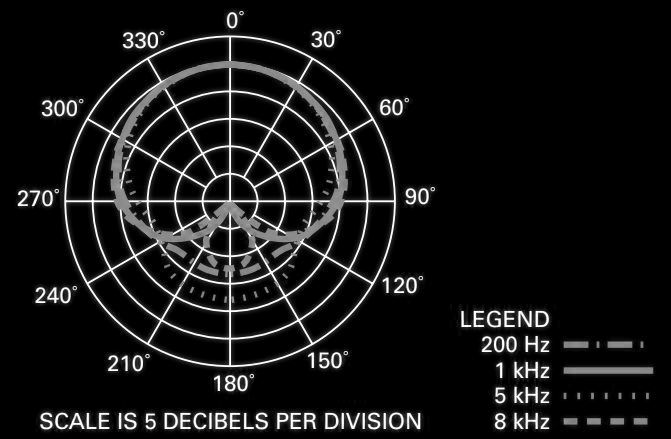

Microphone sensitivity is the measure of how much sound pressure is needed to produce a given amount of electrical signal. The lower the number, the less sound it takes to produce an electrical signal. A high-sensitivity microphone will pick up more of the signal than a low-sensitivity one. This means that with a high-sensitivity mic, your recordings will sound better and louder.
The sensitivity rating of the Rode NT1A is -31dB, which means it can pick up and record low noises. Moreover, its ability to withstand a max SPL of 137 dB makes it perfect for recording vocals, as you’ll capture everything from whispers to full-blown singing without needing post-processing on your end.
The AT2035 has an output voltage sensitivity of -33 dB (22.4 mV/Pa). This means it can handle low sound levels without dropping off significantly in volume. This makes the mic great for recording delicate instruments and vocals where you want proximity to the source but not too much power on hand at once.
Self-noise can be defines as the signal the microphone produces of itself, even when there’s no sound source is present.
The Rode NT1-A is one of the world’s quietest studio microphones, with a noise level of only 5dBA. Even its circuitry and surface-mounted electronics were carefully designed for low noise-proof performance, so you can focus on bringing out your best performance in any environment.
The AT2020 has an excellent self-noise of only 12 dBA. In contrast, 16dBA is considered more than enough for professional recording sessions. The background noise-canceling technology works exceptionally well and helps provide seamless sound recordings. However, if you are in an echoey room, you may experience some feedback.
The Rode NT1A mic is an excellent choice for vocals, as it has an open and natural response that allows the voice to stand out in front of the mix. This makes recordings without many colorations; perfect if you want your performance captured as accurately as possible.
The AT2035 is an excellent mic for picking up vocals and acoustic instruments. It’s acoustically transparent, meaning that it can capture what you’re playing or singing without sounding processed in any way. However, there may be an increase of lower frequencies when recording close to your mouth (or full-range instrument) because this type of proximity effect occurs with all microphones. If someone doesn’t know these things are different, they might think their recordings sound too bassy.
Although the AT2035 has an excellent sound quality, it’s so neutral that you might not get the warmth or richness of other high-end mics. For vocals, in particular, a pop filter will help give your voice some body and character, so it sounds more natural – this is not included with purchase.
Both Rode NT1A and AT2035 require phantom power.
The Rode NT1A operates on phantom power from 24-48V supplied through a standard XLR connector. On the other hand, the AT2035 can run on phantom power from 11-52V and has the usual low-impedance balanced output on a standard XLR connector.
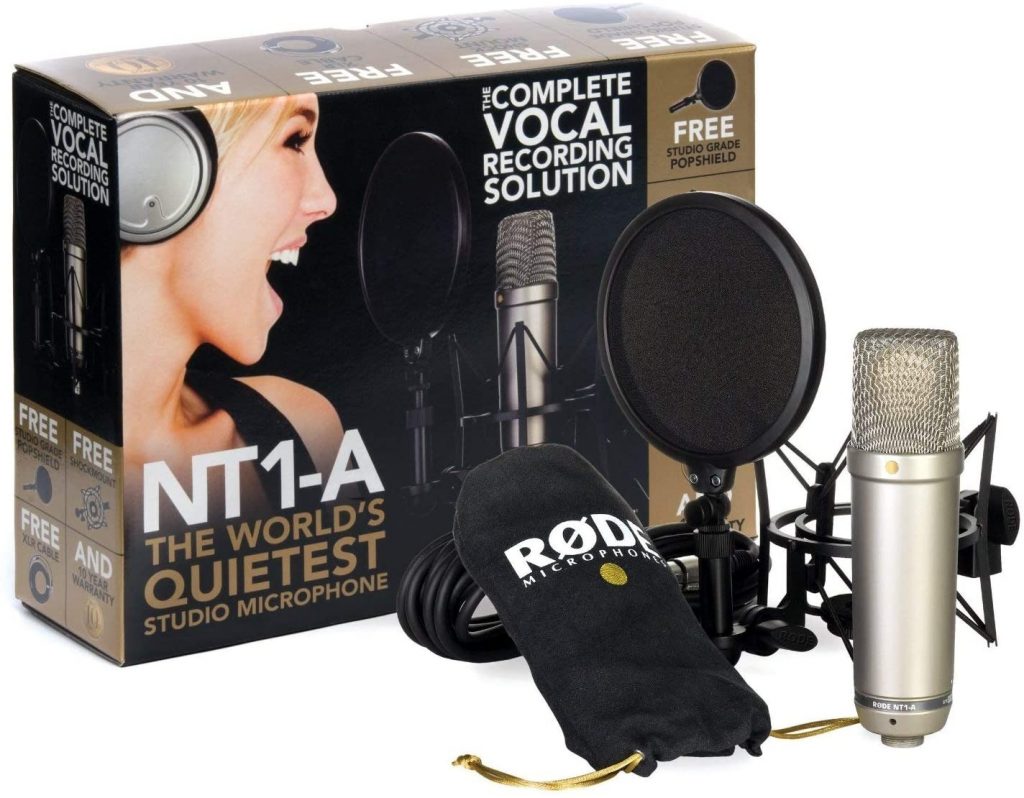






| Rode NT1A | Audio Technica AT 2035 | |
| Type | Condenser | Condenser |
| Polar Pattern | Cardioid | Cardioid |
| Operating Principle | Pressure Gradient | Pressure Gradient |
| Frequency Range | 20 Hz to 20 kHz | 20 Hz to 20 kHz |
| Impedance | 100 ohms | 120 ohms |
| Sensitivity | -31.9 dBV/Pa at 1 kHz | -33 dBV/Pa at 1 kHz |
| Dynamic Range | 132 dB, 1 kHz at Max SPL | 136 dB, 1 kHz at Max SPL |
| Noise Level | 5 dBA | 12 dBA |
| Max SPL | 137 dB SPL | 148 dB SPL |
| Weight | 326 gm | 403 gm |
| Connection | 3-pin XLR | 3-pin XLR |
| Power Requirement | 14 to 48 V (Phantom Power) | 11 to 52 V (Phantom Power) |
All in all, the Audio-Technica AT2035 is a reliable choice for your general purposes. It delivers crisp vocals and sound recording that will suit any professional needs you have and be able to handle instruments nicely.
However, If you’re just looking for a vocal mic though, we recommend going with the Rode NT1A because it is much better than the AT2035 at capturing vocals and has amazing low self-noise.